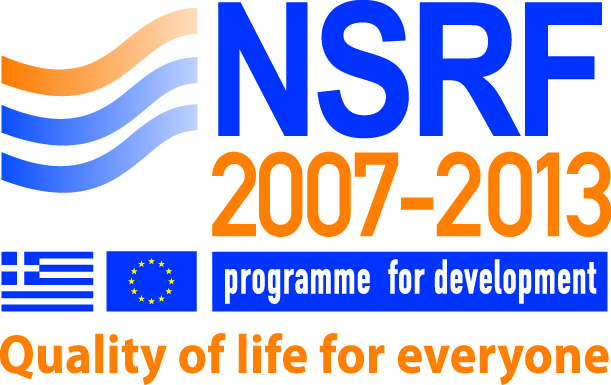Please use this identifier to cite or link to this item:
https://olympias.lib.uoi.gr/jspui/handle/123456789/39627| Title: | Diffuse energy utilization and power management for autonomous cyber-physical microsystems Αποδοτική διαχείριση και αξιοποίηση διάχυτης μικροενέργειας για την τροφοδοσία αυτόνομων κυβερνοφυσικών μικροσυστημάτων |
| Institution and School/Department of submitter: | Πανεπιστήμιο Ιωαννίνων. Σχολή Πληροφορικής και Τηελεπικοινωνιών |
| Subject classification: | Αυτόνομα Μικροσυστήματα Autonomous Microsystems |
| Keywords: | Συγκομιδή μικροενέργειας,Δυναμική διαχείριση ισχύος,Ενεργειακή ουδετερότητα,Διαστασιολόγηση συλλεκτών,Κυβερνοφυσικά μικροσυστήματα,Energy harvesting,Energy-neutral operation,Runtime power management,Trace-driven harvester sizing,Cyber-physical microsystems |
| URI: | https://olympias.lib.uoi.gr/jspui/handle/123456789/39627 |
| Table of contents: | Acknowledgements Abstract Περίληψη Table of Contents List of tables Nomenclature 1 Introduction 1.1 Background and motivation 1.2 Overview of diffuse energy sources 1.3 Power management techniques for embedded systems 1.4 Challenges and opportunities in diffuse energy utilization 1.5 Problem statement 1.6 Research objectives 1.7 Contributions 1.8 Novelty and positioning 1.9 Organization of the Thesis 2 Fundamentals of cyber-physical systems 2.1 From cyber-physical systems to microsystems 2.2 Node-level energy and timing model 2.3 Representative application domains 2.4 Summary and outlook 3 Diffuse energy sources 3.1 Definition of energy flux “Φ” 3.2 Characteristics and energy content of source classes Φ 3.3 Availability 3.4 Harvesting potential 4 Energy collection architectures and components 4.1 Introduction 4.2 Reference architectures and energy collection model 4.3 Energy harvesting and conversion systems 4.4 Energy storage technologies 4.5 Power distribution and management strategies 5 Energy-Aware runtime power management 5.1 Introduction 5.2 Power management algorithms 5.3 Energy-Aware runtime system management 6 Design methodology for energy autonomous embedded microsystems 6.1 Scope, assumptions and notation 6.2 Input traces and window selection 6.3 Harvester sizing from window neutrality 7 Case studies and experiments 7.1 Energy balance modeling techniques for embedded systems 7.2 Research projects 7.3 Low-ΔΤ thermoelectric generator evaluation 8 Conclusion and future directions 8.1 Summary of findings 8.2 Contributions to the field 8.3 Recommendations for future work 8.4 Emerging trends and future research directions Appendix A |
| Appears in Collections: | Διδακτορικές Διατριβές - ΤΠΤ |
Files in This Item:
| File | Description | Size | Format | |
|---|---|---|---|---|
| Ioannis_Masklavanos.pdf | 4.49 MB | Adobe PDF | View/Open |
This item is licensed under a Creative Commons License





